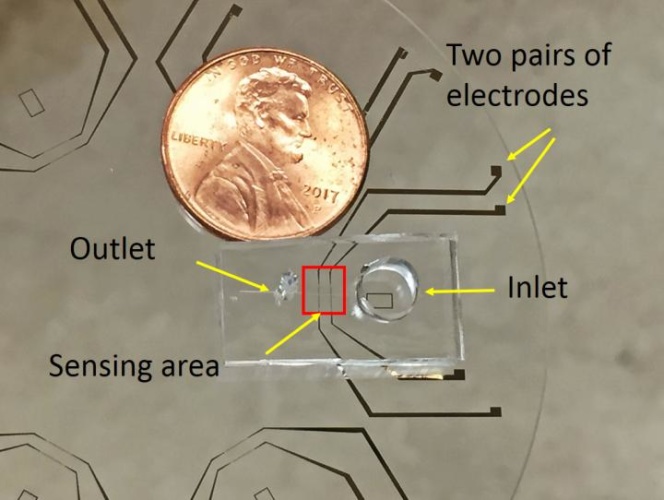
Described in Scientific Reports, the portable tool could be used to assess microbes, screen for antibiotic-resistant bacteria and analyse algae that live in coral reefs. The device is able to quickly distinguish whether a cell is stressed, robust or unaffected by environmental conditions. Microbes pass single file through a micro-channel that’s thinner than a human hair, with the impedance - the amount an electrical field is perturbed when a cell passes through the channel - measured. Variations in impedance across a population reflect size and physiological state, both of which provide important indicators of health.
Engineering a superbug fightback
Antimicrobial resistance: a call to arms
"This is very important for environmental biology, given the effects of climate change and other stressors on the health of microorganisms, such as algae that form harmful blooms, in the ecosystem," said senior author Mehdi Javanmard, an associate professor at Rutgers’ Department of Electrical and Computer Engineering.
The Rutgers team showed that electrical impedance measurements can be applied at the single-cell and population levels, with their work focusing on a well-studied green microalga, Picochlorum. The scientists plan to use the tool to screen for antibiotic resistance in different bacteria and algae that live in symbiosis with coral reefs, which will help give them a better idea of coral health.
"Our goal was to develop a novel way of assessing cell health that did not rely on using expensive and complex genomic tools," said co-senior author Debashish Bhattacharya, a distinguished professor in the Department of Biochemistry.
"Being able to assess and understand the status of cells, without having to send samples back to the lab, can allow the identification of threatened ecosystems based on a 'stress index' for their inhabitants."





Red Bull makes hydrogen fuel cell play with AVL
Formula 1 is an anachronistic anomaly where its only cutting edge is in engine development. The rules prohibit any real innovation and there would be...